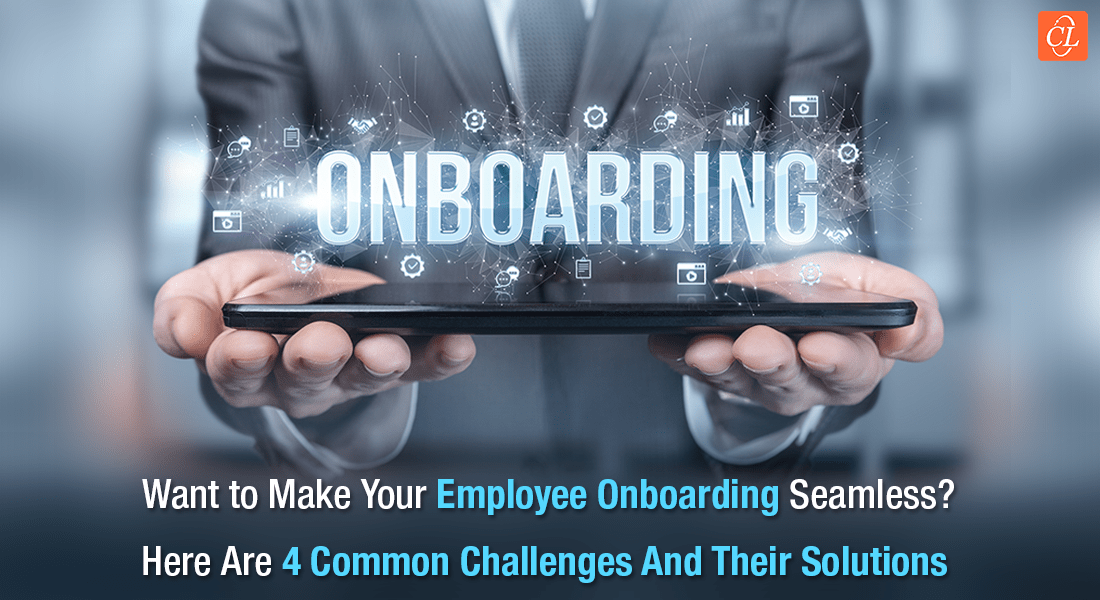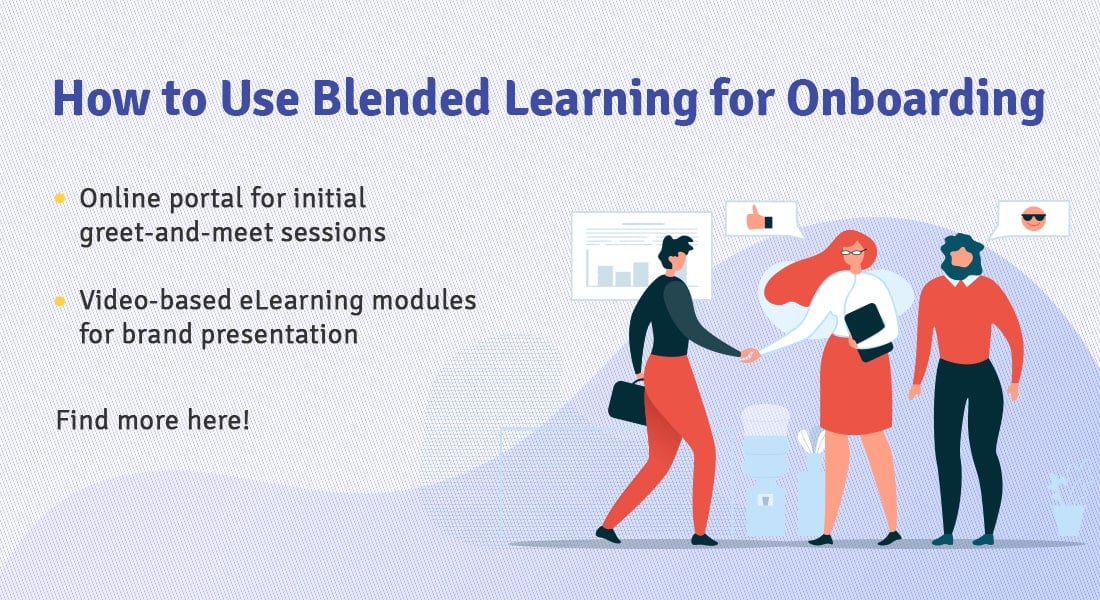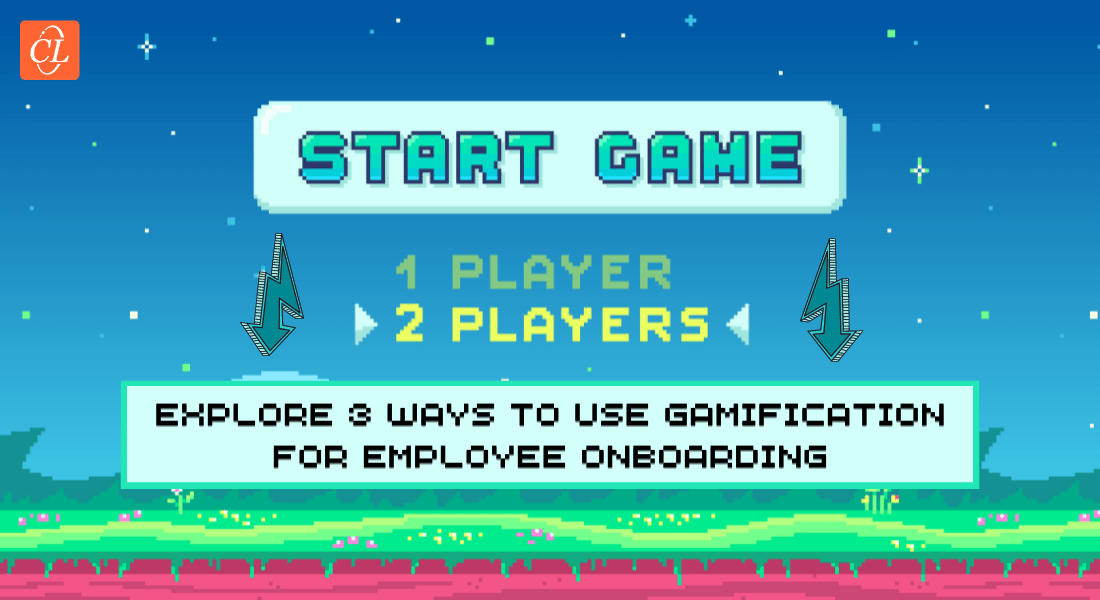Employee Onboarding: 4 Challenges Faced by Employers and How to Overcome Them

Employee onboarding is the process of introducing new employees to the company’s culture, values, and how they operate. It is an important part of the employee’s experience because it makes them feel more comfortable and gets them ready to work. It is crucial for employers to invest in their employees so that they can be successful in their jobs. This means providing them with a variety of training opportunities, whether it’s online or on-site training.
Employees need to have a mentor who can guide them through their first few weeks at the company and answer any questions they might have about their job or workplace culture. Employees should also be given a clear understanding of what is expected from them before starting work so that there are no surprises when they arrive on day one.
Do You Wish to Streamline Your Employee Onboarding Process?
Here are some challenges you might face:
- Lack of an Employee Onboarding Plan
- Lack of Engagement
- Access to Bulk Information but No Clarity of Role
- Unavailability of Successful Remote Onboarding Procedures
Read on to understand the possible solutions for the challenges mentioned above.
Before discussing the challenges faced during employee onboarding, let’s understand the different stages of onboarding.
Stages of Employee Onboarding
When an employee gets hired, the company tries to make him comfortable with their work ethic, and the respective environment, which results in long-term retention of an employee. The onboarding procedure has a direct impact on workflow. There are five stages of employee onboarding.
1. Pre-Onboarding
When a selected candidate accepts the company offer, they still have some time before their first day in the company, this period between the signing date and joining date is called a pre-boarding stage. Crucial things such as paperwork formalities, updating schedules, and relocating occur within this period.
2. Initial Onboarding
The first day of an employee starts the initial onboarding stage. The employee understands the company policies and their working environment. Few other workflows get initiated in this stage, such as payroll, benefits, IT setup, and the issue of required equipment.
3. Team-focused Training
An employee gets introduced to his colleagues, forms new teams, and eventually understands more about his role in these teams. This training helps the employee to build trust among his co-workers and strengthen their work relationships. Working in a team to reach the desired goal marks the employee’s first contribution to the company.
4. Growth, Mentoring, and the Initial Performance
The employee becomes more familiar with the strategies due to increasing responsibilities. This stage focuses more on the employee’s confidence and comfort. They might get a new mentor during this stage which changes the pace of their work for 60-90 days. Their initial performance is tracked with the help of basic analytics that will help the company understand their employees more on an individual level.
5. Ongoing Employee Development
This is the final stage of onboarding which mainly focuses on continuous improvement and the steady pace of the employee to provide productive results. Everyone in the team becomes more immersed in their task. Upskilling and Reskilling the employees while they get comfortable at their work is an important practice. eLearning plays a crucial role in this procedure.
Planning to implement eLearning in your organization? This eBook can solve most of your doubts.
Challenges Faced by Companies While Onboarding Employees
While these stages tend to sort out the onboarding procedure to an extent, there are certainly more challenges associated with employee onboarding. Challenges might differ as per the desires of a company and its distinct work culture but 4 of such common challenges are listed below along with some suggestions to avoid them.
1. Lack of an Employee Onboarding Plan
A lot of organizations do not intend to invest a valuable effort in the process of onboarding. They usually overlook employee onboarding planning till they actually need to hire. This often creates a disconnect between the hiring and onboarding processes.
Solution – Make sure you update your onboarding plans as per the current corporate advancements. Creating a long-term effective plan for onboarding employees will eventually help your company streamline the onboarding processes and automate them to an extent.
2. Lack of Engagement
Less engagement would probably lead to low productivity and a below-average connection with peers. Paperwork is not the only process that needs to be carried out, new employees need to start interacting with others at the earliest. If the managers don’t actively try to build engagement among new hires, misunderstandings occur, leading to the overall downfall of the company’s onboarding processes.
Solution – To ensure your new employees are engaging and interacting among the organization, you can assign a volunteer to guide the new employee, feed them the introductory information such as which employee does what tasks or keep them updated with basic office instructions like parking info or dressing norms, etc. This helps the new hires to build an informal relationship with that volunteer which would help them settle properly for their new job.
3. Access to Bulk Information but no Clarity of Role
Few organizations try to feed all the related information to their newly hired employees. This causes an employee to doubt themselves over their relevance to the organization, they feel stressed as well. With so much information access and no clarity about what their role is, makes an employee lose interest in their job and attempt to look for another job that understands their skills better.
Solution – Limiting the work for the first week or first 15 days will help the employee get a grip on their job and understand various aspects of their role with ease. Create a vision report to mark their success over the starting 3 or 6 months at max. Asking for feedback from employees can be an important activity to be carried out after 30 days or 90 days to ensure the success of your strategies. This will help the new employee to understand their role properly and work as per the desired targets and expertise.
4. Unavailability of Successful Remote Onboarding Procedures
Apart from on-site employees, an organization would have to hire quite a few remote workers as well, depending upon their needs. Because of the ongoing pandemic, a lot of companies had to shut down their offices, and working from home became the new normal. Even though remote onboarding needs to be a matter of focus, companies tend to ignore them. This ignorance eventually tends to negatively impact the performance of employees, decreased productivity of the company, and overall discomfort among the workers.
Solution – Remote onboarding plans need to be revised separately along with the inclusions of related technologies required for their work. Employees shouldn’t be overwhelmed by extra work just because they are working remotely. Using automated software for remote onboarding might save up the time needed to be spent by HR or management. Automated software would take care of paperwork details, metrics, employee prompts, and other related activities.
Parting Thoughts!
Employee Onboarding is one of the most crucial tasks for any organization. Your employee onboarding process should cover everything from explaining benefits, explaining processes, checking social media profiles, and much more. This integrated approach can help you to develop a deep-rooted strategy for hiring and retaining talented employees.
Employee Onboarding with the help of eLearning would allow more in-depth training of employees. Most of the corporate workforce belongs to the millennial generation. eLearning helps to streamline the onboarding process through specific strategies and deal with a lot of challenges that a company has to overcome while onboarding millennials.
If you are looking to update your onboarding procedures that would suit best to the millennial workforce and eLearning strategies have caught up your interest, you can refer to our free eBook that will help you gain more insights about your concern.





